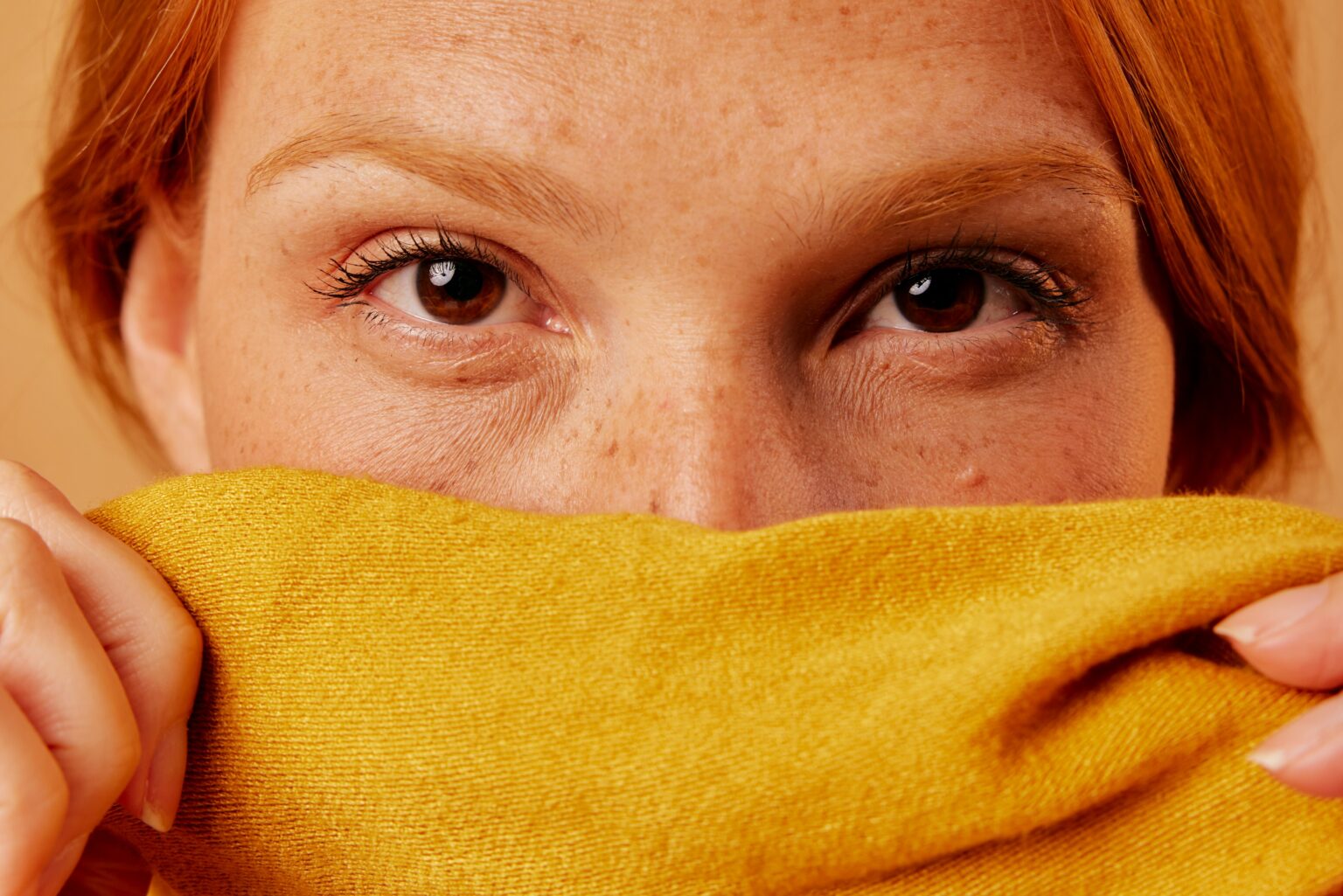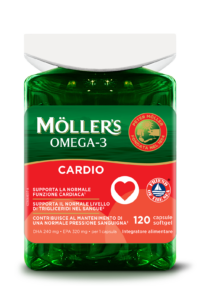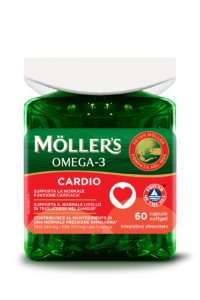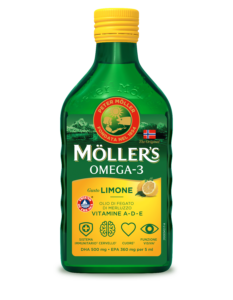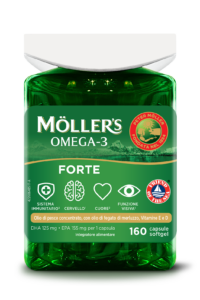Gli Omega-3, in particolare l’acido docosaesaenoico (DHA) e l’acido eicosapentaenoico (EPA), giocano un ruolo cruciale per la salute dell’occhio.
Questi acidi grassi essenziali (EPA e DHA) sono fondamentali per il corretto funzionamento delle membrane cellulari e sono particolarmente importanti per il benessere dell’occhio, essendo componenti strutturali chiave della retina.
In particolare, la retina è particolarmente ricca di DHA, perché questo rappresenta uno dei principali componenti delle membrane cellulari dei fotorecettori (le cellule che catturano la luce e trasmettono i segnali visivi al cervello). Consumare un apporto adeguato di DHA è importante perché questo acido grasso contribuisce alla fluidità delle membrane cellulari, garantendo la trasmissione ottimale dei segnali visivi.
In caso di degenerazione maculare legata all’età, un corretto apporto di EPA e DHA aiuta a mantenere l’integrità delle cellule della macula, la parte centrale della retina responsabile della visione nitida. In altre parole, un corretto apporto di Omega 3 può aiutare a contrastare la perdita della vista nei soggetti anziani.
Non bisogna dimenticare le proprietà antinfiammatorie degli omega 3. In caso di sindrome dell’occhio secco, gli omega 3 aiutano a ridurre l’infiammazione delle ghiandole lacrimali e delle superfici oculari, contrastando bruciore, prurito ed arrossamento oculare e migliorando la produzione delle lacrime.
Sempre grazie alle proprietà antinfiammatorie, una corretta assunzione di omega 3 può ridurre il rischio di retinopatia diabetica, una complicanza del diabete che danneggia i vasi sanguigni della retina e può portare a cecità. Questo avviene grazie alle proprietà antinfiammatorie e di miglioramento del flusso sanguigno degli omega 3.
I Claims ministeriali suggeriscono un consumo quotidiano di almeno 250 mg di DHA per favorire la capacità visiva, ma è possibile aumentare questo dosaggio a seconda delle proprie necessità.
